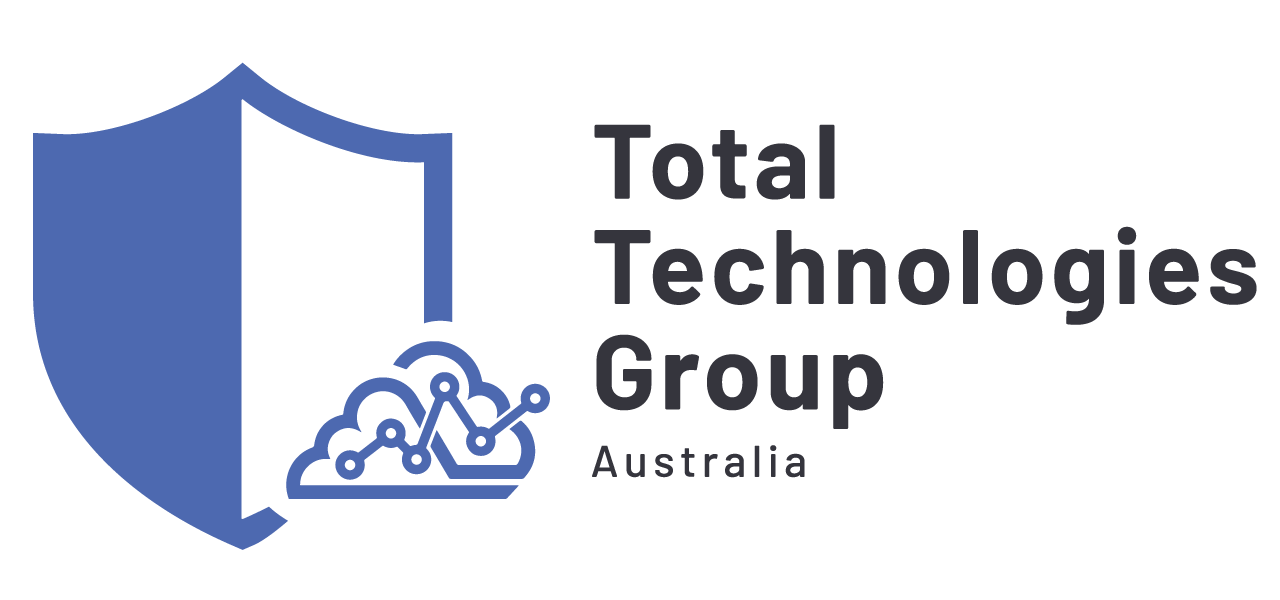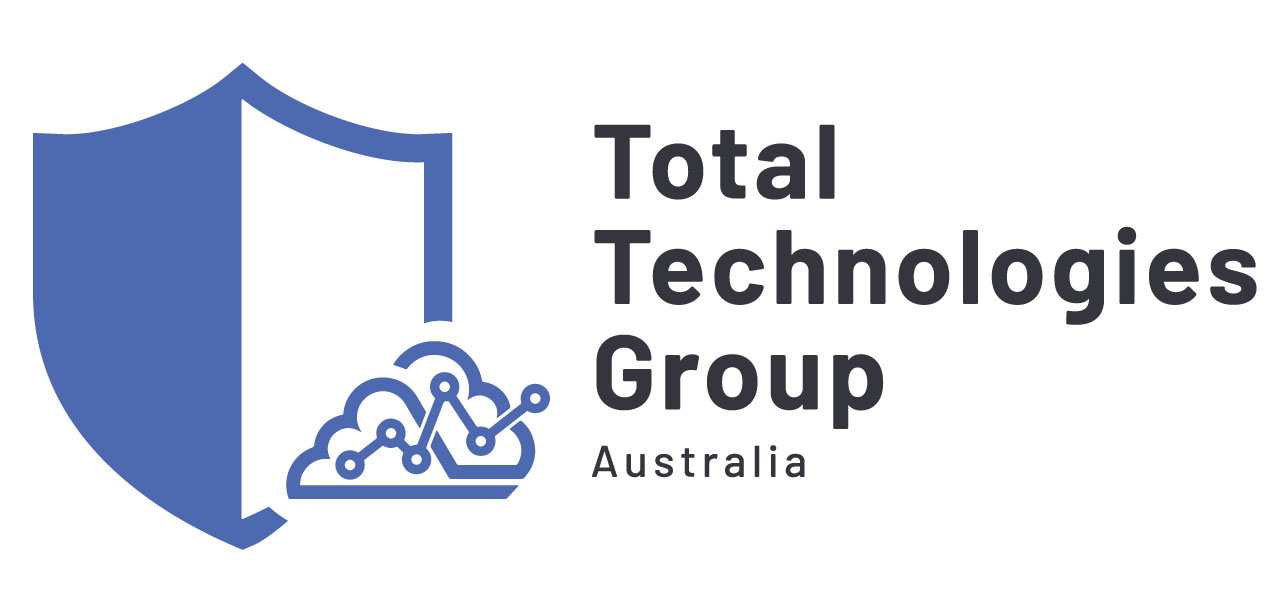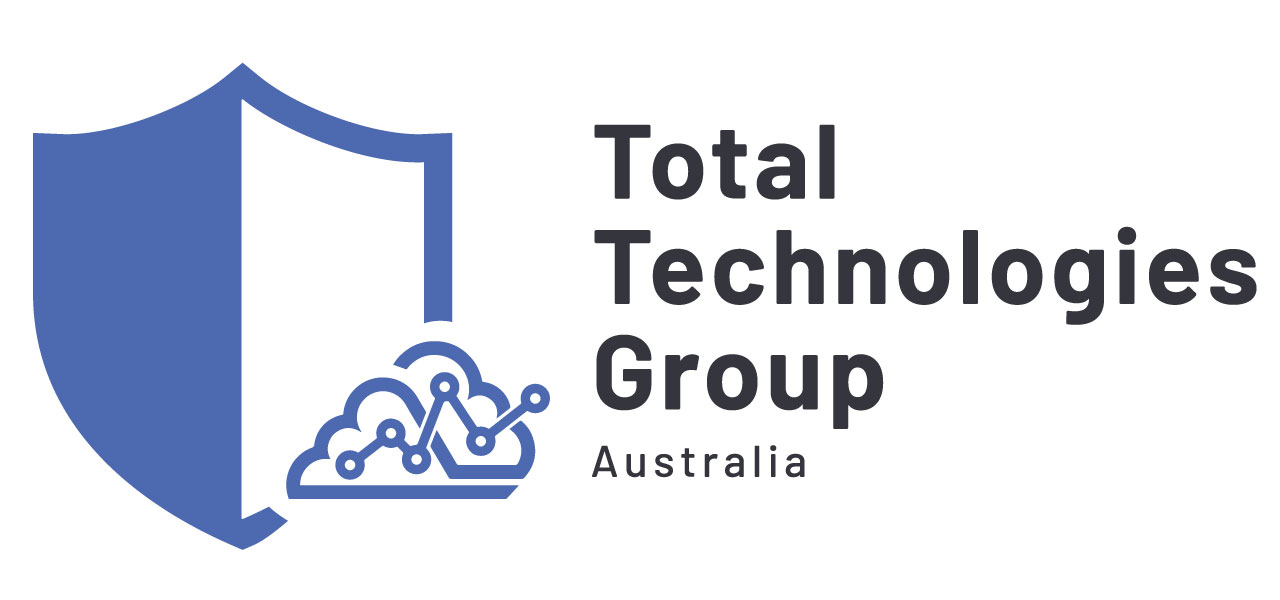
APRA Regulated Entity
Australian Prudential Regulation Authority (APRA) was established 25 years ago as an independent statutory body that oversees institutions. The role of an APRA-regulated entity – to govern and uphold the safety of financial entities. Additionally, working closely with Australian Securities and Investment Commissions safeguards the interests of depositors, policyholders, and members’ superannuation funds and promotes system stability.
Also, maintaining information security capabilities that address vulnerabilities and threats – APRA entities ensure effectively handled resilient information security incidents.
As, small business owners have key objectives to minimise the impact of information security incidents on the confidentiality, integrity, and availability of the sensitive information they manage.
Also, the third party or small business owners engaged with the authorised deposit-taking institution (ADIs), Level 2 Insurance group, Life Insurance, private health insurer, RSE and EFLICE must comply with APRA Standard.
APRA Cyber Compliance Security Measures
Furthermore, robust cybersecurity measures are important and cannot be overstated. In any event, CPS 234, cyber compliance a standard introduced by the Australian Prudential Regulation Authority (APRA), is designed to ensure that these entities maintain strong information security frameworks. Adhering to cyber compliance, financial institutions are required to implement comprehensive strategies to protect sensitive data and mitigate cyber threats.
Consequently, the overall resilience of the financial sector is enhanced, safeguarding both the institutions and their customers.
However, Cyber Security consultants can assist your business in attaining Prudential Standard CPS 234 Information Security compliance. CPS234 compliance is based upon a minimum standard of compliance to allow APRA Regulated entities to work within the Australian Financial and Insurance industry.
Principles of Cyber Security
- Physical Security
- Technical Security
- Administrative controls
- Concept of least privilege
- Essential Eight
- NIST Cyber Security Framework
- Application Whitelisting
- Patch management
- Multifactor Authentication



